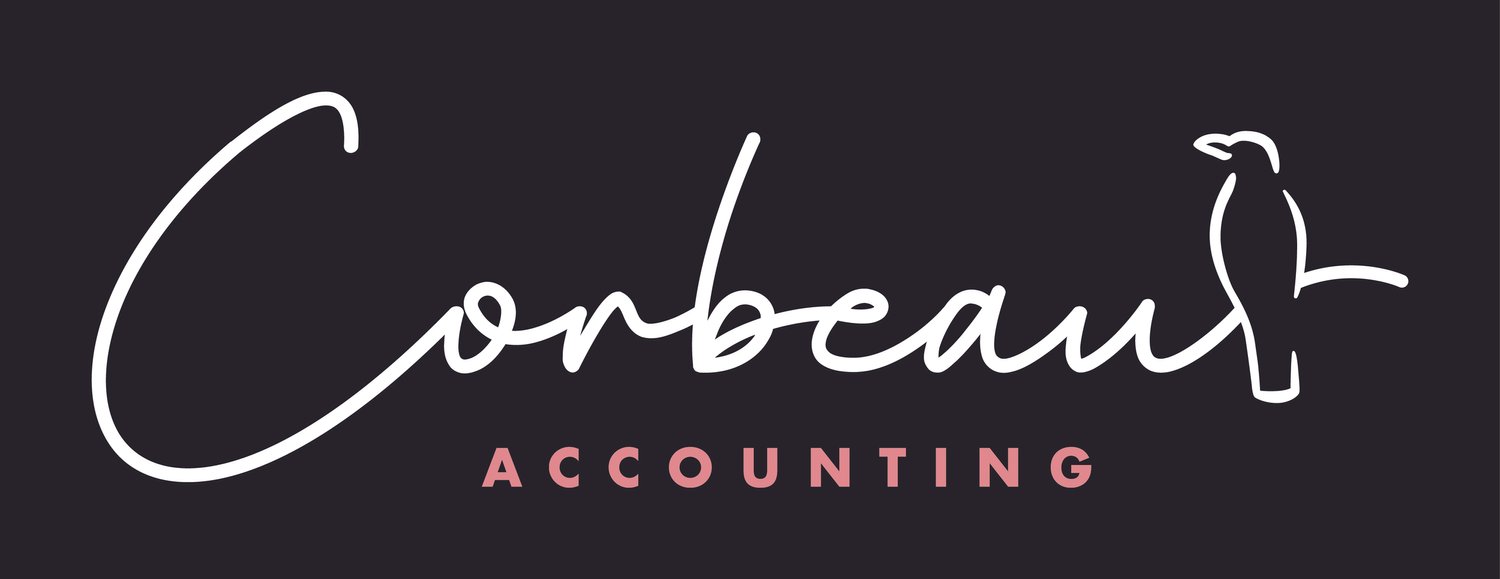Mythbusting: “More Software Means More Productivity”
We live in a golden age of business software. There’s an app for everything - task management, time tracking, team communication, invoicing, reporting, forecasting, and even apps to help you manage all your apps. It’s the digital equivalent of walking into a hardware store and buying every single tool, assuming that having them all will somehow make you a better carpenter. Spoiler: it won’t.
Instead of increasing efficiency, software overload is quietly killing your workflow. It’s called app fatigue, and it’s the modern workplace’s productivity killer.
The Problem: Too Many Tools, Too Little Time
At first glance, adding new software seems like the logical solution to business challenges. Need better project management? Add an app. Struggling with communication? Get a new messaging tool. Want better analytics? More software!
The issue is that businesses often end up with a tangled mess of disconnected systems, each promising to be the magic bullet but ultimately creating more work, more confusion, and more logins (seriously, how many different passwords do you need?).
Here’s what app fatigue looks like in real life:
Constant context switching
You’re updating the CRM, checking Slack, answering emails, logging time, scheduling meetings, running reports... all before you’ve even started the work you’re actually paid to do.Notification overload
Your laptop sounds like an arcade machine with the sheer number of pings, dings, and pop-ups.Duplicate data entry
Entering the same information across five different platforms, all while wondering if you work for your software or if your software works for you.Integration nightmares
Half your tools don’t talk to each other, leading to manual workarounds, broken workflows, and the slow death of your patience.
In short, more software ≠ more productivity. Often, it just means more complexity.
The Hidden Costs of App Fatigue
Beyond frustration, there are real financial and operational costs to using too much software.
🔹 Wasted Time
Constantly switching between apps eats into your workday more than you realise. Instead of focusing on meaningful tasks, employees spend too much time jumping between platforms, searching for information, and re-entering data. The more tools you use, the more time gets lost in the shuffle.
🔹 Higher Costs
Many businesses subscribe to tools they don’t even use properly. SaaS subscriptions are easy to accumulate but hard to justify when no one knows what half of them do.
🔹 Decision Paralysis
When everything requires a different tool, decision-making slows down. Instead of working, people spend time choosing where to work.
🔹 Employee Burnout
Keeping up with multiple platforms is exhausting. When tech is meant to help but actually adds stress, employees disengage.
The Solution: Simplify, Integrate, Automate
The good news? You don’t have to scrap all your software—just be smarter about it. Here’s how:
Audit Your Tech Stack
Take a critical look at all your software. What’s actually being used? What overlaps? What’s creating more work than it’s saving? Kill the dead weight.Prioritise Integration
If your software doesn’t talk to each other, you’re wasting time. Look for ecosystems that play well together (think the Xero add-on marketplace).Automate Repetitive Tasks
Tools like Zapier can bridge gaps between software, eliminating duplicate data entry and manual admin work.Choose Multipurpose Tools
Rather than five different apps for small tasks, try and opt for one platform that does more. Less jumping around means less lost time.Educate & Train
Your team can only be efficient if they actually know how to use the tools. Training is just as important as choosing the right software.
Less is More: Focus on What Works
Software should be a solution, not another problem. If your workflow is buried under a pile of apps, it’s time to step back and simplify. Choose wisely, integrate where possible, and remember: the best tech is the one that actually makes work easier - not more complicated.

